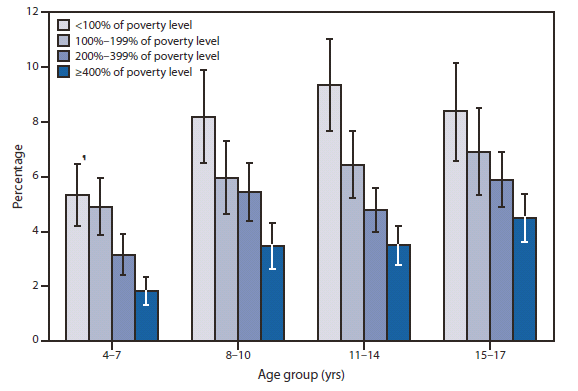The following except is from the World Bank blog “Development Impact”. Jed Friedman’s post titled “Build a casino to help understand the consequences of poverty” does not favor Casinos, gambling, or the idea that either one improves the well-being of a community. Friedman believes certain types of research may still be important that can help us understand how economics affects our health and families. Even so, as you will see, the presence of a Casino was beneficial to a certain group of poor Americans in one community.
I was reminded of the legacy of natural experiment as I reread a paper that explores the relationship between poverty and mental health in children by E. Jane Costello and co-authors. It was published 8 years ago in a leading medical journal but flew under the radar in the economics community presumably because it was written by epidemiologists for the medical and public health community.
Also the study focused on the relationship between poverty and mental health – not a common cross-over area of interest in our field. However it is a long standing interest of mine. And it’s a nice example of what can be learned when researchers get lucky with an unanticipated change in the environment under study.
In the middle of an 8-year study of mental illness in children in the Smoky Mountains region of North Carolina, a casino opened on a Native American reservation that fell in the study area. The casino paid a percentage of profits to all tribal households. The casino and surrounding motels and restaurants also became a source of employment. Roughly a quarter of all children in the study was Native American and resided on the federal reservation, so there was sufficient density in the data to contrast changes in the Native American population with the neighboring white population that didn’t receive these direct transfers.
Children living in poverty are more likely than non-poor children to have a psychiatric disorder. In the baseline study data, children below the poverty line were 59% more likely to have a psychiatric symptom than non-poor children. However the problem of disentangling the relational direction of poverty and mental health is clear. It’s possible that the adversity and stress of poverty can lead to worse mental health, but it’s also possible that causation can run in the other direction — poor mental health of adults can lead to adverse economic outcomes and may also be transmittable to children.
Enter the casino and the annual transfers of up to $6000 per year to each reservation household. Poverty rates declined significantly. In these same households certain dimensions of child mental health, notably conduct disorders, improved significantly over a short period. (Although, importantly, other dimensions of mental health such as depression did not improve). The one significant mediator of the observed change in child health status appears to be an increase in parental supervision and parental presence in the child’s life.
Just in case you didn’t connect the dots, Friedman’s post reveals both the flaw in America’s political economy and suggests a way to fix it. The flaw is the stress of poverty and its terrible effects on the health of the poor. Stress and ill health both reciprocate producing dysfunctional lives and families. The American founders didn’t need a degree in psychiatry or economics to understand that ill health adversely affects the pursuit of happiness including wealth, good relationships, and enjoyment of both.
Yet, politicians today do not seem to understand.
Providing health care for all will not fix the problem and neither will welfare handouts. The idea of hard work for sub-standard living (i.e., poverty level living) does not lead to realizing the American dream.
As noted by Friedman, the poor’s health related problems significantly decreased when they rose out of poverty and became steadily employed. Their self-worth rose with routine useful work that was rewarded with wealth. Yes, unearned income received from the Casinos seems to have contributed to health improvement but so did employment. Overtime, however, the unearned casino money will be regarded as an entitlement, which in turn results in a welfare dependency mentality. From that point on, the poor will return to the problem that they began with, except the Casino does not need their votes. Their demands for the entitled money may eventually be answered with denial and silence.
Except for those who are truly disabled, welfare is not the fix to poverty. Rather, a political economy that rewards creativity and productive work with livable income, that protects both rights and property, and that promotes healthy family and other relationships will fix the poverty problem.
The fix to the flaw in the political economy isn’t socialism. Socialism isn’t need if capitalism is balanced with morality and justice for the good of all.

